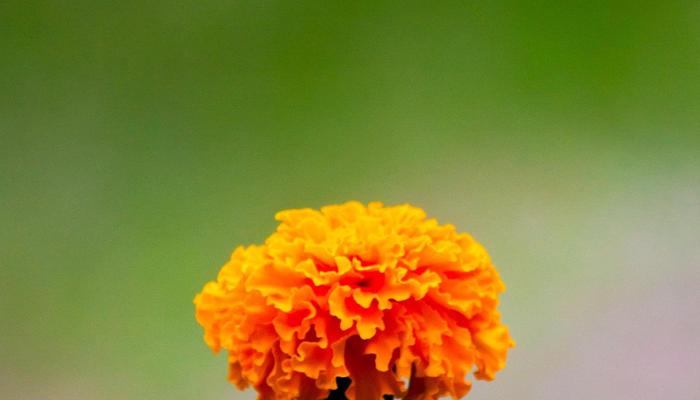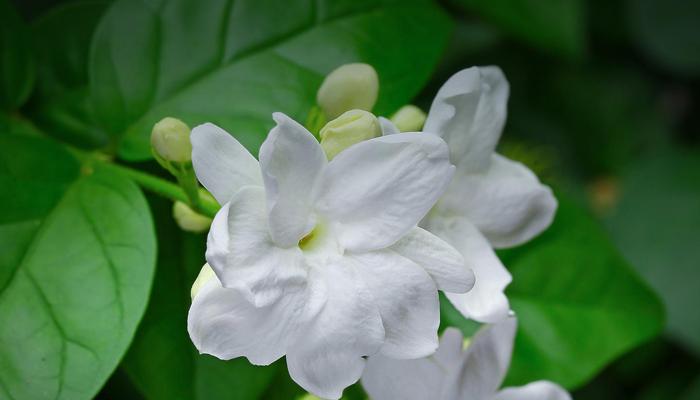Discover the beauty of Indian flowers! From Lotus to Jasmine, dive into our guide to transform your garden paradise
Hello, garden lovers! Are you looking to add a touch of Indian beauty to your home garden?
India, with its diverse climate and rich soil, is home to a stunning variety of flowers. This year, why not celebrate our heritage by planting some gorgeous native blooms?
These flowers are not only beautiful but also well-suited to our local environment, making them easier to grow and maintain. Forget those exotic, high-maintenance plants! Let’s focus on what thrives right here in our own backyard.
We've curated a list of nine amazing Indian flowers that will transform your garden into a vibrant paradise. From fragrant jasmines to cheerful marigolds, there’s something for everyone! So, grab your gardening gloves, and let's get started.
Prepare to be amazed by the colours, fragrances, and sheer beauty of these Indian floral gems. They are sure to brighten up your day and bring a smile to your face every time you step outside.
Magnificent Lotus: Symbol of purity, rebirth, and tranquility in Indian culture
First on our list is the magnificent Lotus (Nelumbo nucifera). This iconic flower, deeply rooted in Indian culture and spirituality, is a sight to behold. The Lotus symbolizes purity, enlightenment, and rebirth.
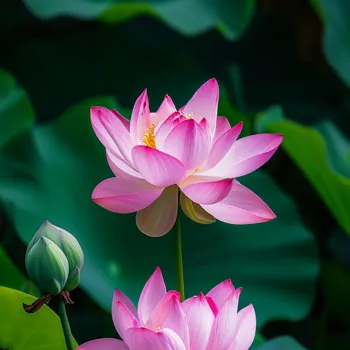
Its large, elegant petals come in shades of pink and white, creating a serene and calming presence in your garden. Growing a Lotus requires a bit of space and a pond or large container filled with water. Ensure the soil is rich in nutrients, and place the Lotus in a sunny spot.
Watching the Lotus bloom is a truly magical experience. Plus, it is considered very auspicious in our culture. Imagine the tranquility it will bring to your home! Moreover, different parts of lotus plants have traditional medicinal use.
Lotus seeds are also edible and considered delicious, so why wait when you can incorporate this marvel to your garden!
Marigolds: Vibrant, easy to grow flowers with cultural, medicinal significance
Next, we have the ever-popular Marigold (Tagetes). Known for its cheerful yellow and orange hues, the Marigold is a staple in Indian gardens and festivities. These hardy flowers are incredibly easy to grow and require minimal maintenance.
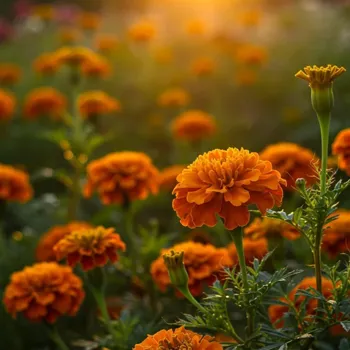
Marigolds are also natural pest repellents, making them excellent companion plants for vegetables and other flowers. Plant them in well-drained soil and give them plenty of sunlight. They'll bloom profusely, adding a splash of vibrant colour to your garden from early summer to late autumn.
Marigolds are also used in religious ceremonies and decorations, adding a cultural touch to your garden. Their bright colours bring a sense of joy and festivity to any space. Beyond their ornamental value, marigolds possess medicinal properties as well.
The extract from these flowers is believed to have anti-inflammatory and antiseptic properties, making them a valuable addition besides your garden beauty.
Indian garden must-have: fragrant Jasmine for beauty and aroma
The fragrant Jasmine (Jasminum) is a must-have for any Indian garden. Its delicate white flowers exude a sweet, intoxicating fragrance that fills the air, especially in the evenings. Jasmine is often used in perfumes, teas, and traditional garlands.
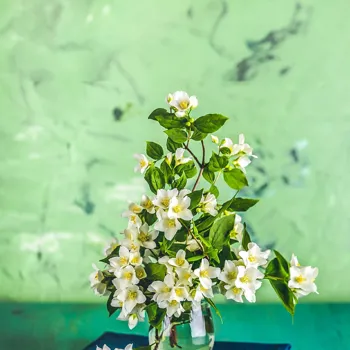
There are several varieties of Jasmine, each with its unique scent and bloom. Grow Jasmine in well-drained soil and provide it with partial to full sunlight. Regular pruning will encourage bushier growth and more abundant blooms.
The Jasmine's enchanting fragrance is known to have calming and mood-enhancing effects. Imagine relaxing in your garden surrounded by the sweet scent of Jasmine. Also, Jasmine flowers are widely used during weddings.
Apart from its amazing fragrance, jasmine flowers are often used for worship, particularly offered to Lord Shiva. The jasmine plant is very useful for adding beauty and its pleasant aroma.
Hibiscus flowers: vibrant, tropical blooms with medicinal benefits
The Hibiscus (Hibiscus rosa-sinensis) is a vibrant and eye-catching flower that comes in a wide range of colours, from fiery red to delicate pink and sunny yellow. Hibiscus flowers are known for their large, showy blooms and their ability to attract hummingbirds and butterflies.
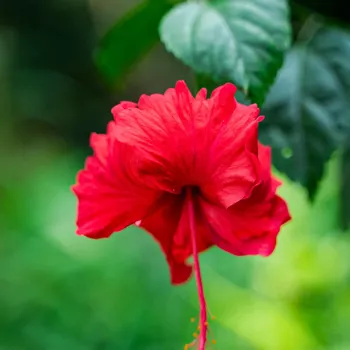
These tropical beauties thrive in warm, sunny climates. Plant them in well-drained soil and water them regularly. Hibiscus flowers are often used in hair oils and teas for their beneficial properties. They are also a symbol of beauty and grace in many cultures.
The vibrant colours of Hibiscus will undoubtedly add a touch of the tropics to your garden. Specific types of Hibiscus are known for their medicinal values. It is believed to have various health benefits and it’s commonly used in traditional medicine.
Hibiscus tea is a popular beverage known for its refreshing taste.
Crossandra plant: low maintenance, vibrant blooms, brings luck and prosperity to gardens
Next on our list is the versatile and beautiful Crossandra (Crossandra infundibuliformis). Also known as the Firecracker Flower, Crossandra is a low-maintenance plant that produces vibrant orange or salmon-coloured flowers.
These flowers bloom continuously throughout the year, adding a constant burst of colour to your garden. Crossandra prefers partial shade and well-drained soil. It's an excellent choice for borders, hedges, or container gardening.
The Crossandra is also considered auspicious in many Indian households. Their bright colors are believed to bring good luck and prosperity. Apart from its aesthetic beauty, Crossandra flowers attract butterflies and other pollinators to the garden.
Its easy to grow and its continuous blooms makes a popular choice for gardeners. They represent wealth, prosperity, and good fortune. It is ideal for adding color and positive energy to your surroundings.
Parijat, the Night-flowering Jasmine, symbolizes beauty and tradition
Last but not least, we have the charming Parijat (Nyctanthes arbor-tristis), also known as the Night-flowering Jasmine. This flower is revered for its heavenly fragrance that intensifies at night.
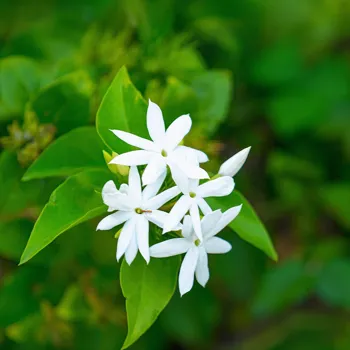
Parijat flowers are small and white with an orange center, blooming in abundance during the autumn season. According to Hindu mythology, the Parijat tree originated from the ocean of milk during the Samudra Manthan. Grow Parijat in well-drained soil and provide it with partial to full sunlight.
Collect the fallen flowers in the morning, as they are considered sacred and used in religious offerings. The Parijat's ethereal fragrance and its association with mythology make it a truly special addition to your garden.
The Parijat tree is believed to bring good fortune and happiness to the home. It’s not just beautiful, but also has significance in our traditions.
AI Generated Content. Glance/InMobi shall have no liability for the content